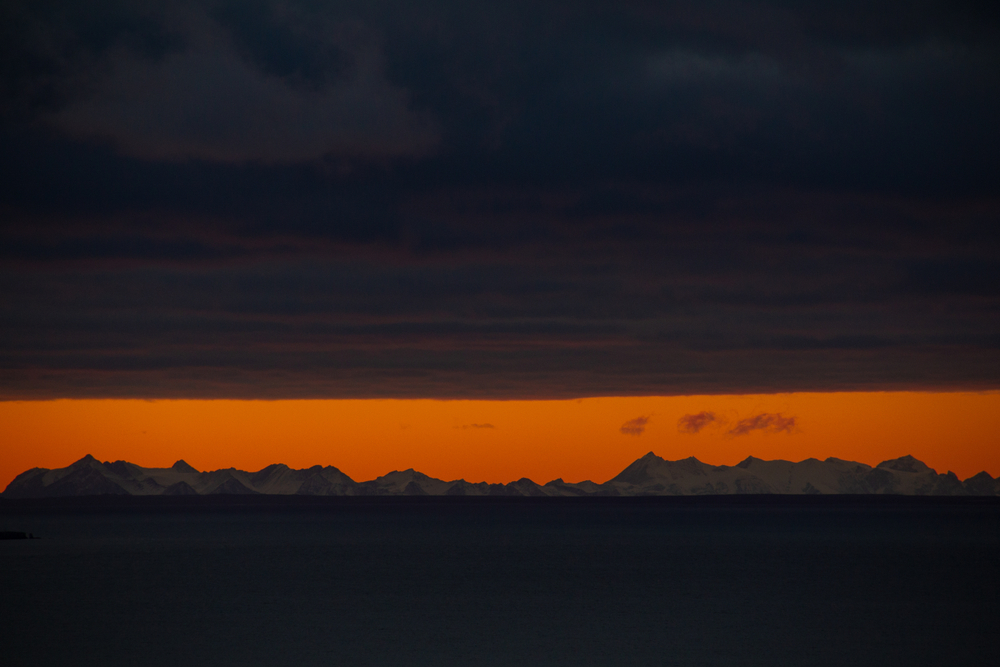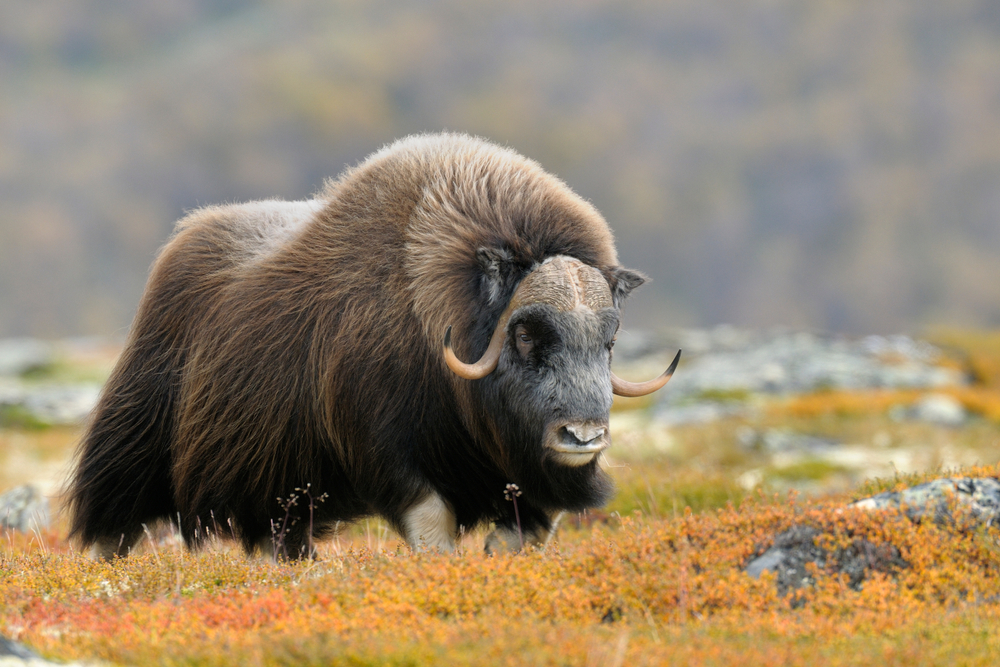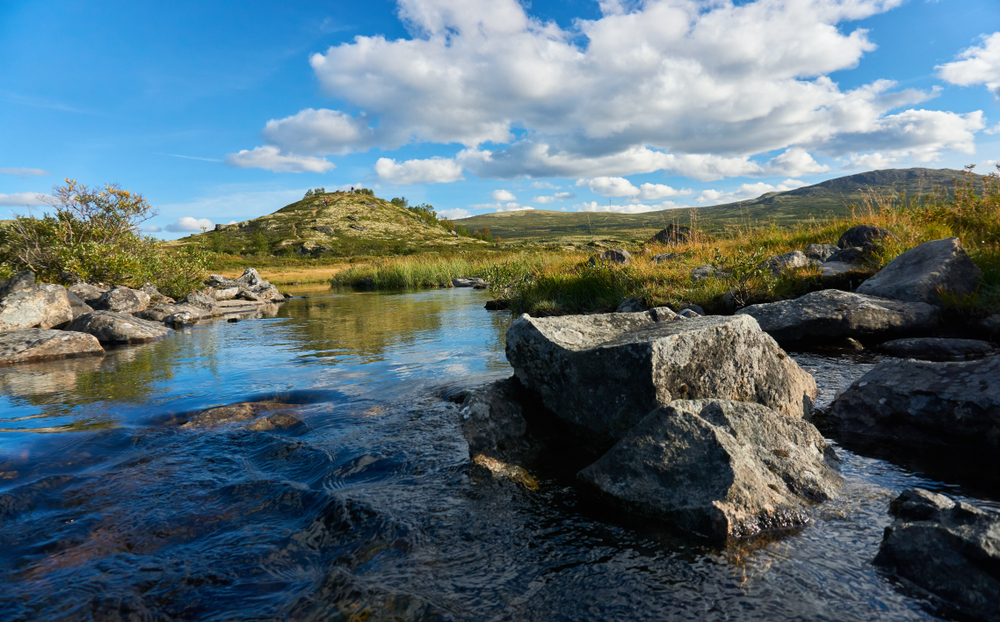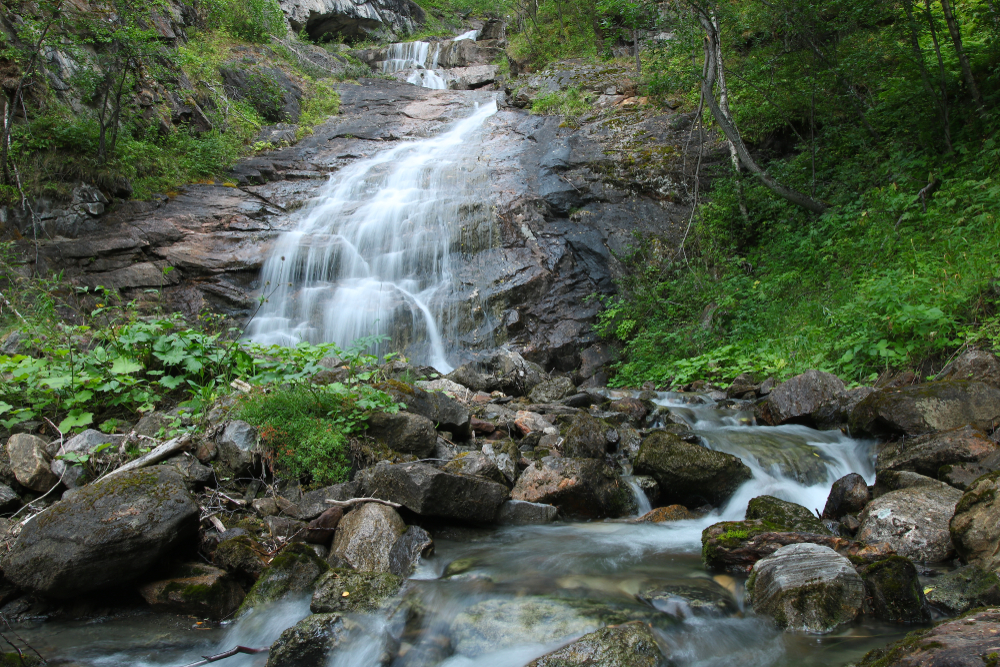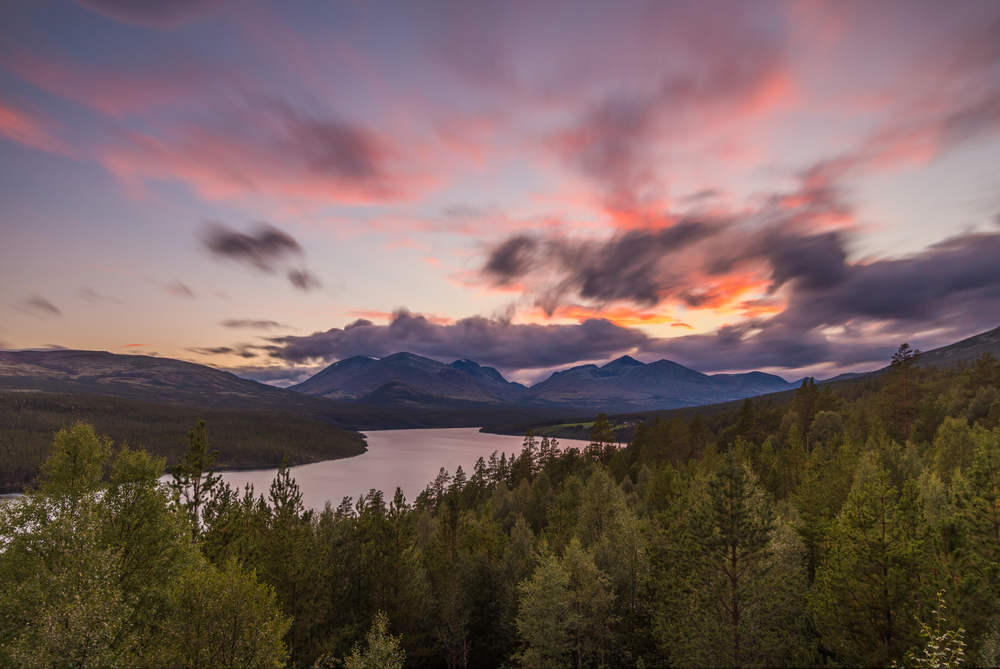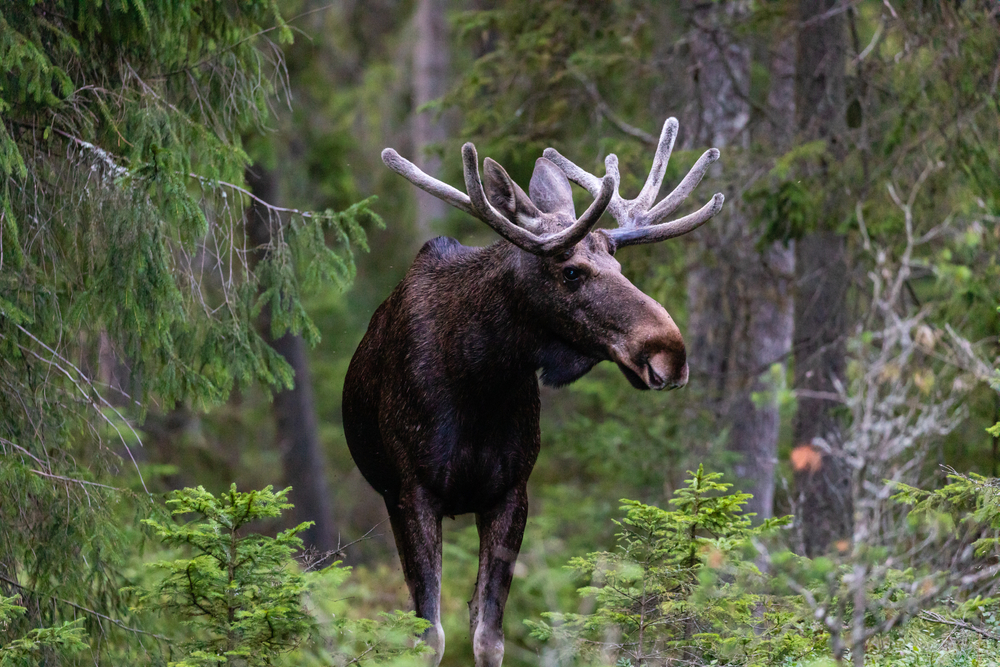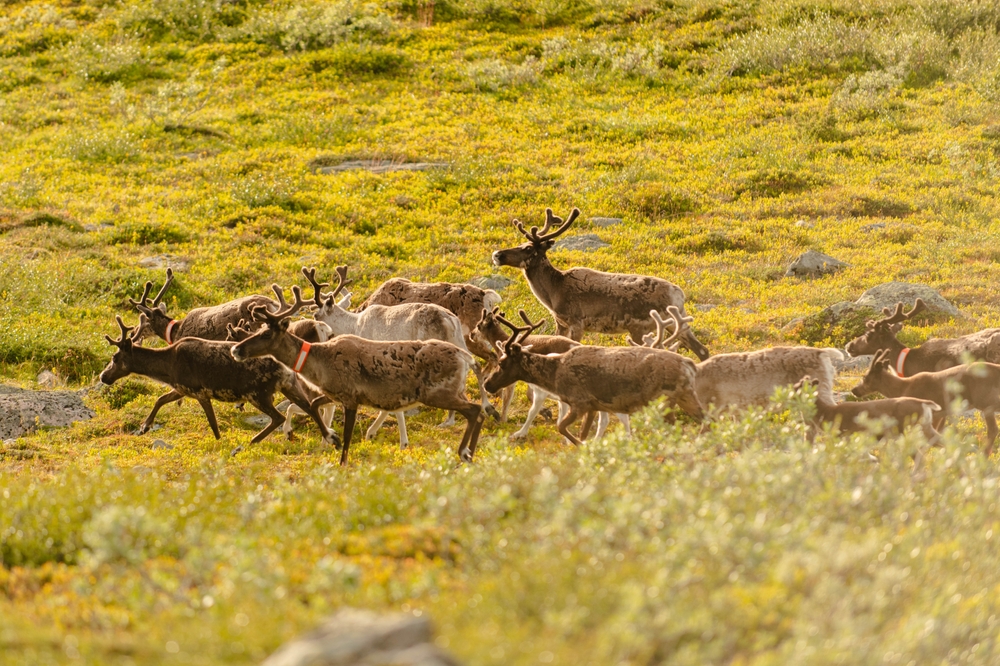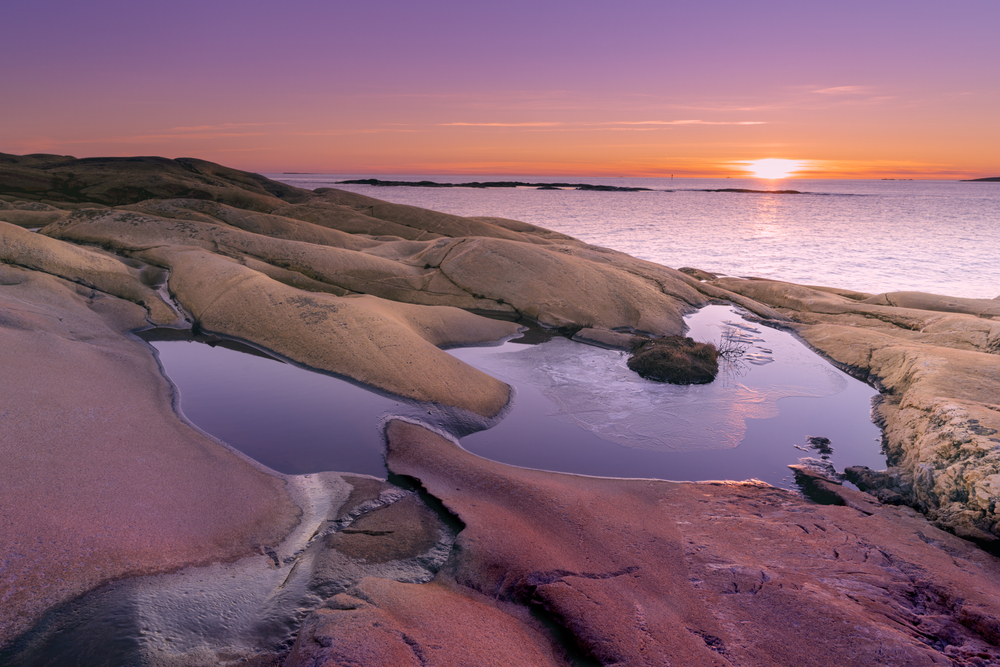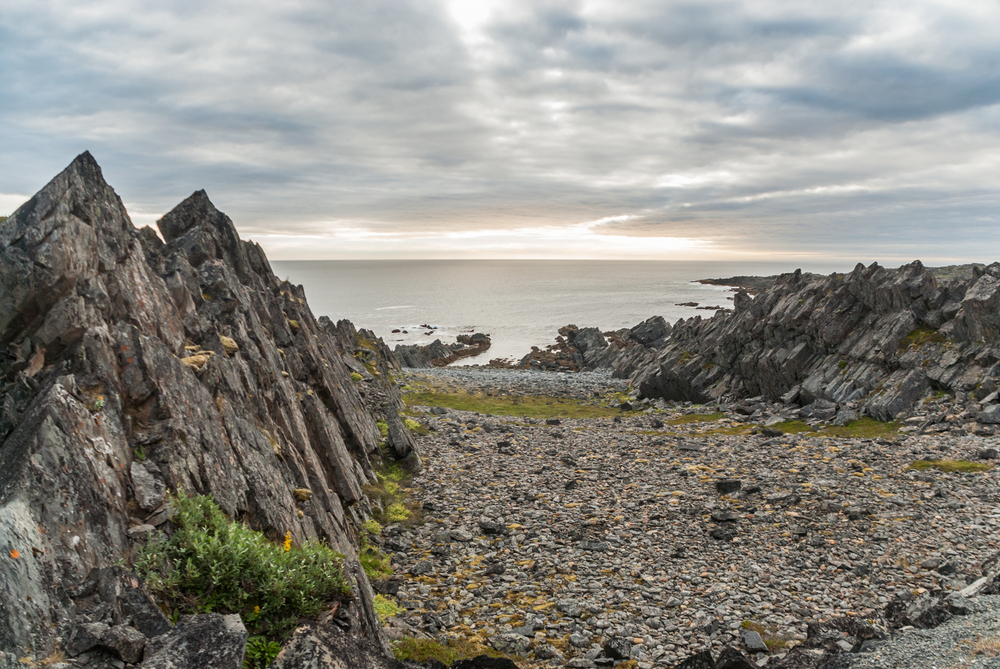Forlandet Overview
Forlandet National Park, known as Forlandet Nasjonalpark in Norwegian, is a vast and remote protected area located on the western coast of Spitsbergen, the largest island in the Svalbard archipelago of Norway.
Spanning approximately 1,270 square miles (3,380 square kilometers), the park covers the entire island of Prins Karls Forland, as well as surrounding marine areas in the Arctic Ocean. Established in 1973, Forlandet National Park is renowned for its rugged coastal landscapes, towering mountains, expansive glaciers, and diverse Arctic wildlife. The park is the only known habitat for walruses in western Svalbard and is home to unique marine ecosystems that thrive in its icy waters.
The terrain of Forlandet National Park is characterized by dramatic contrasts, with steep, jagged peaks such as Monacofjellet dominating the skyline, while low-lying tundra and extensive beaches stretch along the coastline. The park features a combination of glacially carved valleys, rocky plateaus, and permafrost-covered ground, creating a stunning yet harsh Arctic environment.
The coastline is marked by fjords, rocky cliffs, and ice-covered shores, making it an ideal habitat for marine mammals and seabirds. Vegetation in the park is sparse due to the extreme cold and permafrost conditions, but Arctic flora, including mosses, lichens, and hardy flowering plants, manage to survive in sheltered areas.
Forlandet National Park supports a rich variety of Arctic wildlife, both on land and in the surrounding waters. The park is particularly known for its population of Atlantic walruses, which can often be seen resting on the beaches and ice floes. Polar bears frequently roam the area in search of seals, while Arctic foxes navigate the tundra in search of small prey.
Reindeer, which have adapted to the extreme climate, graze on the limited vegetation. The park is also an important nesting ground for seabirds, with species such as puffins, guillemots, and kittiwakes gathering in large colonies along the cliffs. Additionally, the waters surrounding the park are home to whales, including minke and beluga whales, which can occasionally be spotted surfacing near the coast.
One of the most striking features of the park is its isolation, making it an ideal destination for adventure seekers and wildlife enthusiasts. The dramatic Monacobreen glacier and the towering peaks of the Forlandet mountain range provide a stunning backdrop for visitors exploring the region by boat or on foot.
Due to its remote Arctic location, the park is primarily accessed by boat or expedition cruise, with guided tours offering the best opportunities for experiencing its breathtaking landscapes and wildlife.
Kayaking along the rugged coastline provides a unique way to see walruses and seals up close, while hiking on the tundra offers a chance to witness Arctic flora and fauna in their natural habitat. Scientific research expeditions also frequently visit the park to study its fragile ecosystems and climate-related changes.
Conservation efforts within Forlandet National Park focus on preserving its unique Arctic environment and protecting the fragile ecosystems that exist within its borders. The park is part of Svalbard’s protected area network, with strict regulations in place to minimize human impact.
Climate change remains one of the greatest challenges, with rising temperatures leading to melting glaciers and shifting wildlife patterns. However, conservation initiatives, including monitoring programs for walruses and polar bears, help maintain the ecological balance of this pristine Arctic wilderness.








































































